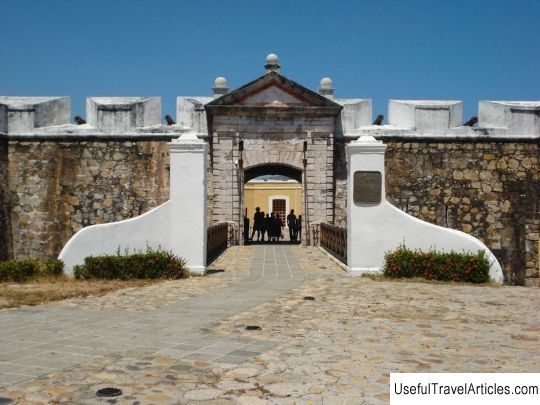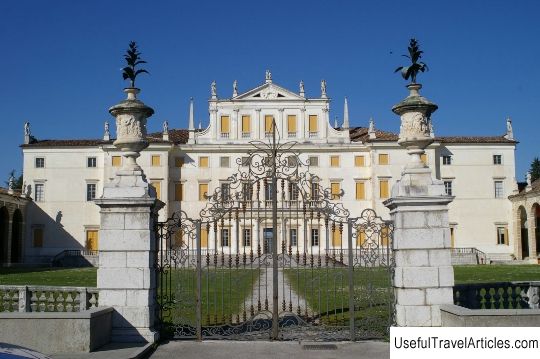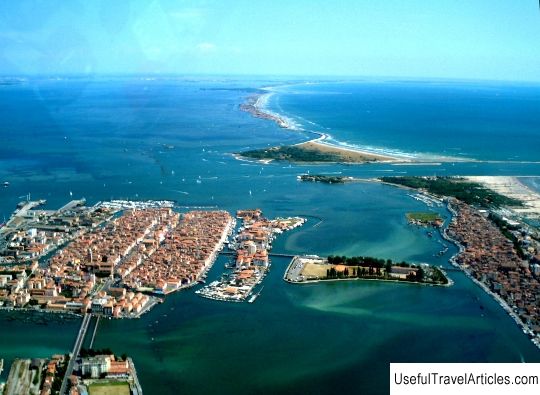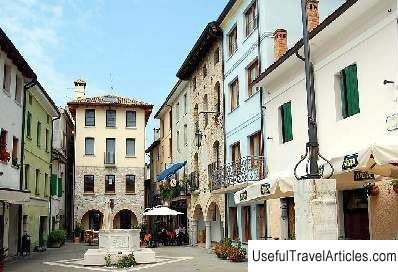Palmanova description and photos - Italy: Adriatic Riviera
Rating: 7,6/10 (483 votes) 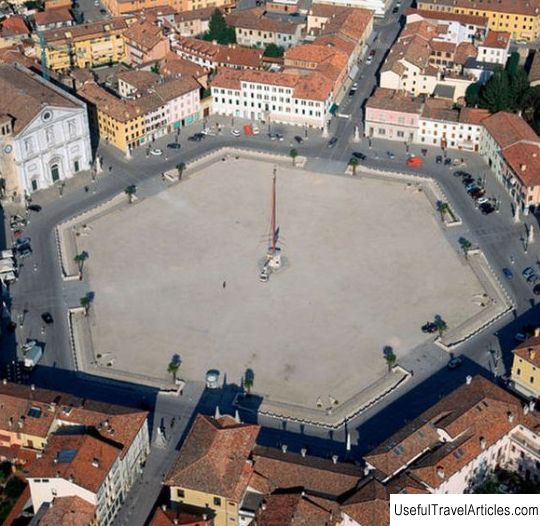
Palmanova description and photos - Italy: Adriatic Riviera. Detailed information about the attraction. Description, photographs and a map showing the nearest significant objects. The title in English is Palmanova. Photo and descriptionAt 42 km from the resort of Lignano on the Adriatic coast of Italy, there is a small town of Palmanova, in which a little more than five thousand people live. In the 16th century, this territory was figuratively called "the skin of a leopard": the enclaves of the Venetian Republic were located on the lands of Austria, and the imperial possessions of the latter were on the Venetian lands. In order to strengthen the defense of Friuli, the Venetians decided to build a fortress in the very center of this fertile plain - it was supposed to protect against the attacks of the warlike Turks and restrain the expansion of the Austrian archdukes. A team of talented engineers and architects was assembled to implement this ambitious project. So, in October 1593, the first stone of the new fortress was laid - Palma. During the heyday of the Venetian Republic, the fortress was equipped with two rows of fortifications with bastions and a moat, which defended the three main entrances inside. Palmanova was originally conceived as a kind of military machine: the number of bastions and the length of the walls corresponded to the weapon power of those times. In 1797, the Austrians occupied the fortress, but they were soon driven out by the French. Then, after the signing of a peace treaty with Napoleon, Palmanova again passed to Austria for some time, but already in 1805, the French again occupied the star-shaped city and built a third line of fortifications. In 1814, the fortress once again changed owners, again becoming the property of the Habsburg dynasty. During the reign of the Austrians, the Teatro Sociale public theater was built here, which became the focus of the Risorgimento movement - the struggle for the unification of Italy. True, Palmanova became part of Italy only in 1866. A hundred years later, in 1960, the President of the Italian Republic declared the fortified city a national monument. And today in Palmanova you can see three magnificent gates, erected in the 16th century. The main town square - Piazza Grande - has the shape of a regular hexagon, in the center of which, on a base of Istrian stone, stands a standard - a permanent witness and symbol of the fortress and its history. The facades of many historical buildings, including the Cathedral, an amazing example of Venetian architecture, face the same square. Of the museums of Palmanova, it is especially worth highlighting the City History Museum, introducing the history of the city and its surroundings. It also contains a rich collection of ancient weapons brought here from the Castel Sant'Angelo in Rome. In general, I must say that in Palmanova it is very difficult to list all the interesting sights. The city itself is a real museum, in which every house, every street and square has its own value. From the Porta Udine gate, where you can see the huge wheel for lifting the suspension bridge, to the Strada delle Militie, which runs along the old city walls, with its military garrisons and artillery depots. Also noteworthy are other quarters, which were once the military, and now, after careful restoration, turned into residential ones - Sant Andrea and San Zuane with its Venetian powder magazine - the oldest building in Palmanova.       We also recommend reading Konak Meydani square description and photos - Turkey: Izmir Topic: Palmanova description and photos - Italy: Adriatic Riviera. |

